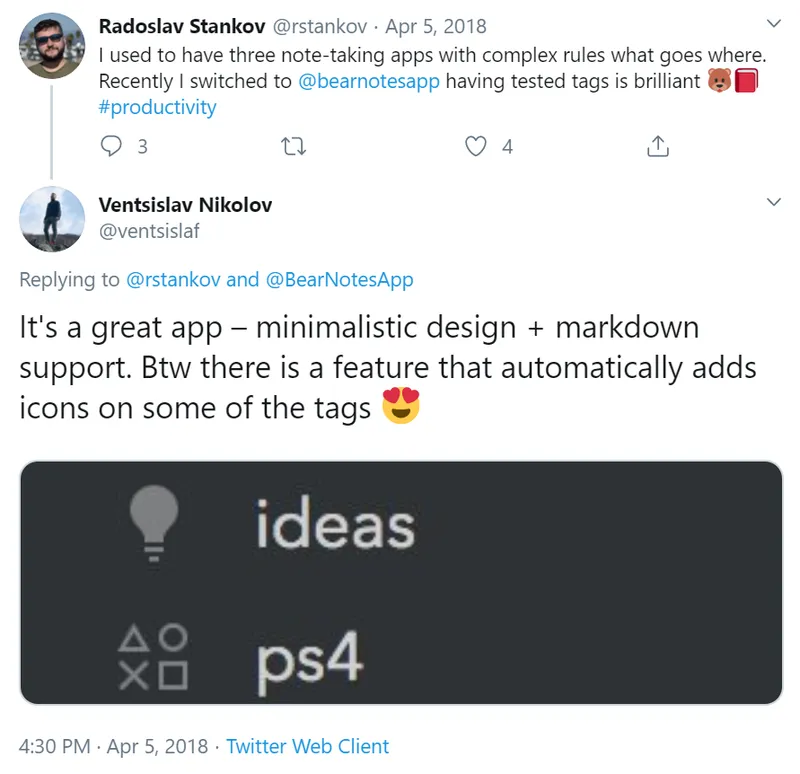

5 Tips to Improve your Mobile App User Experience & Maximize the ROI
With Mobile Applications becoming the new normal, it's important to ensure your app stands out from the crowd. The post highlights 5 tips that will help you significantly enhance the essence of your app, which is, of course, user experience.
With over 5.19 billion mobile users across the globe, a mobile app has turned from a luxury to necessity for every business. However, it is also true that from the billions of apps available on various app marketplaces, an average smartphone user only uses about 30 apps per month. This means if you wish to be a part of your customer’s daily routine, your app should be exceptionally good.
But what’s the difference between a good app and a bad one? More often than not, it’s the user experience. Better the in-app experience, more are your chances to be among the top 30 apps your customers access regularly. Through this blog, we aim to provide you with tips and tactics that will help you take your mobile app experience several notches above ordinary.
If you’re excited, let’s get going.
5 Tips to Improve Mobile App User Experience:
#1 — Keep the UI Lean & Mean:
When it comes to UI, less is more. You don’t want to overwhelm your users with countless links and tabs as soon as they open your app. Keeping the design minimal and intuitive will make your app’s user experience meaningful and engaging. Moreover, it’s easy to design an app that is unevenly organized and packs all its elements on a single screen. However, when you seek to keep the design minimalistic, you’re forced to prioritize every element or link you choose to place.
Here are a few ways you can make your app experience minimalistic & meaningful:
Think hard. A well thought out design goes a long way in serving your users. Instead of making users think about their next move, make the experience intuitive by doing the thinking for them.
Simplify the color scheme. Simplifying the color scheme can significantly enhance the overall UX of your app. Using a range of different colors will degrade the UX and make the app look inconsistent. Instead, try to use different shades of the same color.
Remove Unnecessary Elements. Make sure that every design element you put in the app serves a purpose. Everything that goes into the app should be the result of deliberate thinking and extensive research.
Simple and minimalistic doesn’t mean dumb and less. It means intuitive and meaningful. In the words of Leonardo da Vinci, simplicity is the ultimate sophistication.

#2 — Make the App Touch-friendly:
When it comes to designing a mobile app UX, you must think from the perspective of the mobile screen size. Popular research by IDC reveals, “a smartphone is likely to become synonymous with a device having a screen size anywhere between 5 and 6 inches.” Understanding the size of your user’s mobile screen will help you develop apps that are exceptional and useful. Keeping the touch targets smaller — is the most common mistake mobile app developers make. Your users get annoyed when they accidentally tap onto “categories” when they’re actually trying to “log in” to their accounts.
Here are a few practical recommendations that will help you make your app touch-friendly:
Touch size. Create buttons that are easily tappable with a finger. You may consider taking help of MIT touch lab study for determining the ideal size for your buttons. According to the study, the average finger pads size ranges between 10 to 14mm, and that of fingertips could be anywhere from 8mm to 10mm. This means 10 mm x 10 mm can be a perfect touch target size.
Keep it spacious. Never keep two buttons so close that customers have a hard time tapping one of them. Moreover, it is always advisable to keep enough space between various design elements so that they don’t overlap with each other.
Make the buttons stand out. Give each button the significance it deserves. In other words, you shouldn’t keep all the buttons of the same size. For example, a “Sign-up” button cannot be of identical size as the “Checkout.”

#3 — Navigation Should be Seamless:
It goes without saying that the navigation of your app should be obvious and self-explanatory. But this is often overlooked even by professional developers trying to impress their end-users with intricate menus and irrelevant tabs. You don’t want to do that. With your app, you must ensure that the navigation is familiar to your users and consistent throughout. You may consider guiding them through the app if they are accessing it for the first time.
Here are a few tips for designing seamless in-app navigation:
Organize the information appropriately. Chennalizing the information in a logical way will make your app’s navigation simple and obvious. Let them reach their desired destination with minimum taps.
Hamburger menu is a great option. Being one of the most popular mobile app navigation patterns, the hamburger menu can help you save a good amount of space — thereby making the navigation clean and intuitive.
Provide a tab at the bottom. Embedding a few useful links at the very bottom of your app can make the navigation flow simpler. Few of the most popular apps using a bottom navigation tab include Twitter, Udemy, and our own YouTube. (You should notice the next time you open these apps!)

#4 — Don’t Seek All the Consents Upfront:
It is unusual to ask for all the permissions the moment your user opens your app for the first time. Often times, users deny the permissions asked upfront. That could be because they don’t trust it yet. In order to get their consent, you should allow them to use the app for a while — until they’re familiar with it.
Here are a few practical recommendations that will help:
Be transparent. Give your users everything they need to know about the permission request: why you need it, and what data will be accessed. Your users will be happy to grant the consent when they know why it’s needed.
Don’t ask for everything. You should only seek consents that your app needs to perform optimally. Avoid at all costs accessing personal information that are not relevant to your app. If required, you may use system intents and identifiers.
Ask as you need. Rather than bombarding your users with multiple “permission request popups” on their first instance of using your app — consider seeking their consent as they try to access a specific feature. For instance, if you need a user’s GPS location for delivering the product, ask for the GPS permission only when a customer places the order.
#5 — Never Ask About Their Feedback Upfront
Reviews and ratings are certainly important for attracting new users to your app. They can also help you improve your app and give you insights about adding new features to it. Ratings are reviews significantly influence the decisions of your potential users. Asking to rate their experience on the app is great — but you shouldn’t do it too soon or quite frequently. Doing so will reduce the effectiveness of the feedback and degrade the overall UX.
Here are a few tips that will help you gain more reviews:
Don’t disrupt the user’s journey. Never ask for feedback in the middle of any task your user is up to. For instance, asking for feedback during the checkout can not only annoy your users but also cost you a sale.
Give them time. Let users interact with the app for a while before you ask about their experience. Doing so will help you collect constructive feedback which you can use to improve the app.
Ask again. If a user closes the feedback prompt on the first attempt, it’s okay to ask for it again. But don’t keep asking for their experience again and again. Do it every once in a while — and for a limited number of times.
UX & ROI Go Hand in Hand:
Return on your investment is directly proportional to your mobile app’s user experience. No one would want to interact with a poorly designed app that adds little to no value to their life. And hence, you must elevate your mobile app experience if you’re seeking to churn maximum ROI on mobile app development. An exceptional UX will help you attract new customers and make the most from existing ones.
All the tips mentioned above will help you significantly enhance your app experience. However, you shouldn’t limit yourself to our list. Try out new ways to improve your user’s journey. Because innovation is all about adding a little extra to what may be considered otherwise ordinary.




![Get more Views on YouTube for FREE [Complete Guide]](https://images.yourstory.com/cs/1/c0899f40-0509-11e9-9820-1f4fb7912c4d/Get_more_Views_on_Youtube_complete_guide1561245757751.jpg?mode=crop&crop=faces&ar=1%3A1&format=auto&w=1920&q=75)

